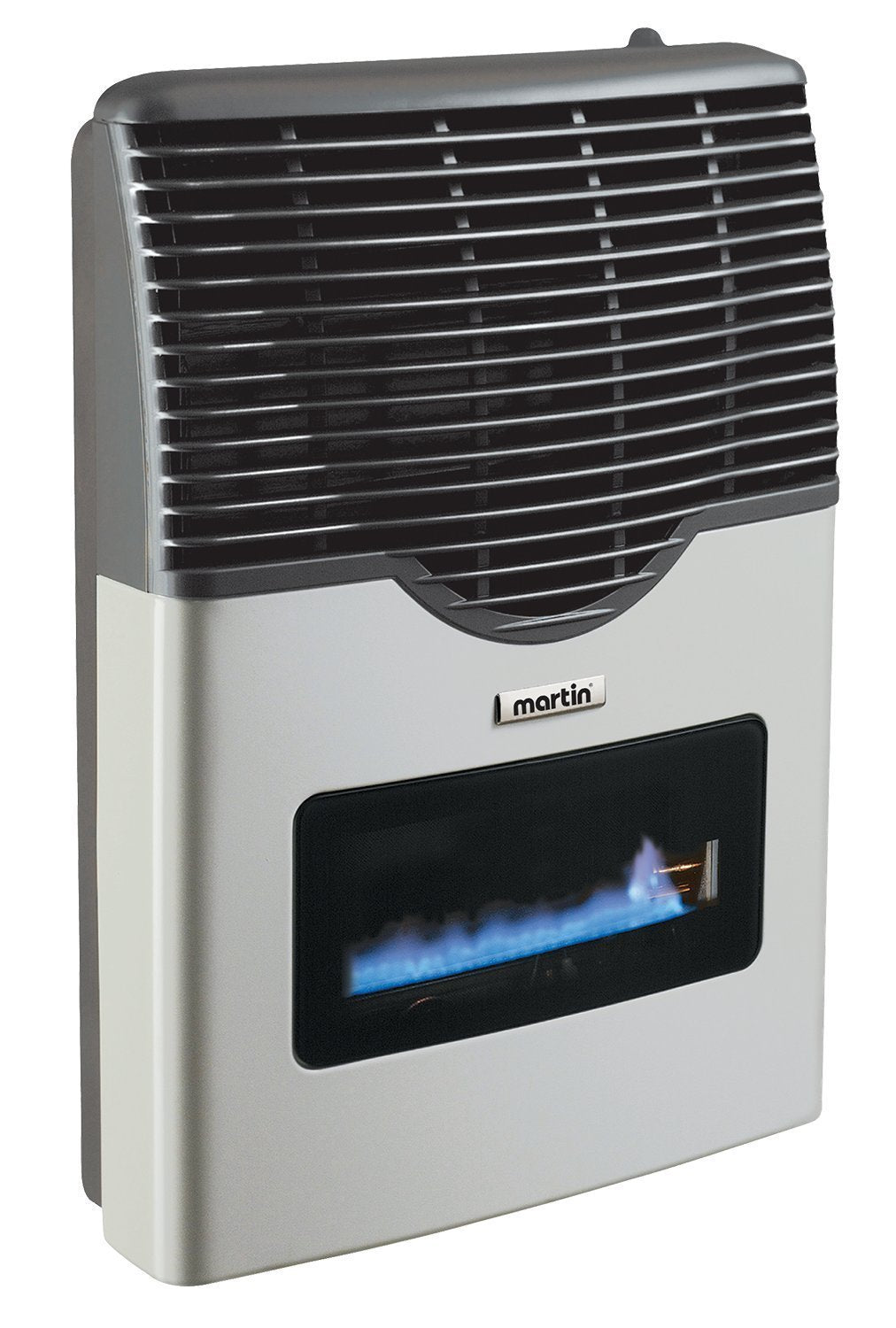I have a small one room apartment in my basement that I rent to a close friend. It has a flue/chimney to the roof, and brick wall, all ready for some kind of small wood burning stove.
The room is only about 15' x 25', so not that big at all.
It is currently heated by electric baseboard. Which we would leave on, and add a wood stove for whenever he feels like keeping it going. I would also stoke it during the day if he wants me to, since I work from home.
Benefits to me would be a lower electric bill, and it would warm the upper house a little more.
And another big benefit is that it would be backup heat for the whole house in case of an extended power outage. I currently have NO backup.
The house has a heat pump installed last year. And a pellet stove insert on the top floor that I keep burning all winter, which keeps me from having to turn on the heat pump.
But in the case of power failure, which has happened twice this season, for about 5 hours each time, I can run the pellet stove for about that long on these two big backup battery packs I have, but after that, I have nothing.
So at least the wood stove would keep the pipes from freezing and take a little of the chill off the whole house.
I've looked at small wood stoves, like for camping, and there are some that people have installed in small cabins and like them, but some of the reviews claim that it doesn't burn long enough, others say that people who complain don't know how to use both dampers correctly. Some say they are just not tight enough and cause a CO2 issue.
For those reasons I don't think I would go with something like that.
But I if I go with something that will burn longer, and is bigger, I am concerned that, even when fully damped down, it will be too hot in the space.
Thoughts?
Thanks for the help!
The room is only about 15' x 25', so not that big at all.
It is currently heated by electric baseboard. Which we would leave on, and add a wood stove for whenever he feels like keeping it going. I would also stoke it during the day if he wants me to, since I work from home.
Benefits to me would be a lower electric bill, and it would warm the upper house a little more.
And another big benefit is that it would be backup heat for the whole house in case of an extended power outage. I currently have NO backup.
The house has a heat pump installed last year. And a pellet stove insert on the top floor that I keep burning all winter, which keeps me from having to turn on the heat pump.
But in the case of power failure, which has happened twice this season, for about 5 hours each time, I can run the pellet stove for about that long on these two big backup battery packs I have, but after that, I have nothing.
So at least the wood stove would keep the pipes from freezing and take a little of the chill off the whole house.
I've looked at small wood stoves, like for camping, and there are some that people have installed in small cabins and like them, but some of the reviews claim that it doesn't burn long enough, others say that people who complain don't know how to use both dampers correctly. Some say they are just not tight enough and cause a CO2 issue.
For those reasons I don't think I would go with something like that.
But I if I go with something that will burn longer, and is bigger, I am concerned that, even when fully damped down, it will be too hot in the space.
Thoughts?
Thanks for the help!


